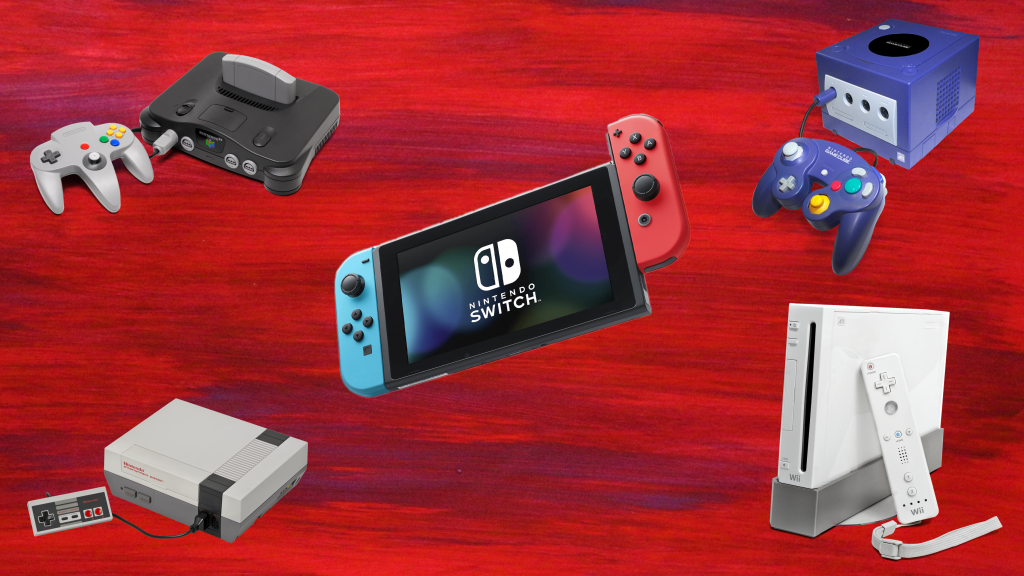On September 23, 1889, in the bustling district of Shimogyō-ku, Kyoto, Japan, a craftsman named Fusajiro Yamauchi laid the foundation for what would eventually become one of the most influential entertainment companies in the world. At that time, there were no video games, no consoles, and certainly no Mario leaping across screens. Instead, Yamauchi opened a small shop producing Hanafuda cards—traditional Japanese playing cards adorned with flower motifs. The company was called Nintendo Koppai, and no one could have predicted that this humble card-making business would one day dominate the global video game industry.
The Origins: A Card Game Revolution
Hanafuda, meaning “flower cards,” had roots in Japan’s centuries-old fascination with games of chance and strategy. What made Nintendo’s cards special was their quality and artistry. Yamauchi’s handmade cards quickly became popular, especially since gambling was heavily regulated in Japan, and Hanafuda provided a culturally acceptable form of play. The name “Nintendo” itself has been the subject of debate. Some scholars interpret it as “leave luck to heaven,” reflecting the company’s early association with games of chance.
For the next several decades, Nintendo survived by perfecting the art of playing card manufacturing. By the mid-20th century, the company’s cards had become so popular that Nintendo struck a licensing deal with Disney in 1959, allowing them to produce playing cards featuring Mickey Mouse and other Disney characters. This deal introduced Nintendo to a much wider audience and proved that the company was not afraid to innovate within traditional markets.
Entering New Frontiers
By the 1960s, under the leadership of Hiroshi Yamauchi, the grandson of Fusajiro, Nintendo realized that playing cards alone could not sustain long-term growth. The company ventured into various industries—at times dabbling in instant rice, taxi services, and even running “love hotels.” While many of these side businesses failed, the experiments gave Nintendo the courage to think outside the box.
The real breakthrough came when Nintendo shifted its focus toward toys and electronic entertainment. In 1966, it released the Ultra Hand, an extendable toy arm created by a young engineer named Gunpei Yokoi. The toy was a massive success and cemented Yokoi’s role as a creative force within the company. Nintendo’s transition from cards to toys set the stage for something much bigger: video games.
The Leap Into Video Games
Nintendo entered the arcade market in the early 1970s, producing titles like EVR Race and later distributing the Magnavox Odyssey, one of the world’s first home consoles. But it was in 1981 that Nintendo changed the course of video game history with the release of Donkey Kong, created by a then up-and-coming designer, Shigeru Miyamoto. The game introduced players to Jumpman, later renamed Mario, who would become Nintendo’s mascot and one of the most recognizable characters in popular culture.
Building on arcade success, Nintendo launched its first home video game system, the Color TV-Game, in 1977. While primitive compared to later consoles, it was an important first step. The true revolution came in 1983 when Nintendo released the Family Computer (Famicom) in Japan, later known as the Nintendo Entertainment System (NES) in North America.
The NES, bundled with Super Mario Bros., was more than just a console—it was a cultural phenomenon. Arriving in the U.S. in 1985 during a time when the American video game industry was thought to be dying, the NES single-handedly revived gaming. Its simple design, memorable characters, and addictive gameplay captured the imaginations of millions.
A Legacy of Consoles and Characters
After the NES, Nintendo solidified its role as a leader in gaming. The Game Boy (1989) took gaming on the go, with titles like Tetris and Pokémon making it a cultural staple. The Super Nintendo Entertainment System (SNES) (1991) expanded gaming possibilities with 16-bit graphics and beloved franchises like The Legend of Zelda: A Link to the Past and Super Metroid.
In the following decades, Nintendo introduced console after console that each left a unique imprint on the industry:
- Nintendo 64 (1996): Known for groundbreaking 3D titles like Super Mario 64 and The Legend of Zelda: Ocarina of Time.
- Nintendo DS (2004): A dual-screen handheld that became one of the best-selling consoles of all time.
- Wii (2006): Brought motion controls into the mainstream, selling over 100 million units and attracting audiences far beyond traditional gamers.
- Nintendo Switch (2017): A hybrid system that works as both a handheld and home console, redefining how players interact with games.
Each console introduced not just new technology but also unforgettable characters and worlds. From Link and Zelda to Kirby, Donkey Kong, Samus Aran, and of course Pikachu, Nintendo’s roster of icons became cultural ambassadors.
Why Nintendo Has Lasted for Over 135 Years
Few companies in the entertainment industry have shown the adaptability and longevity of Nintendo. What makes Nintendo so enduring? Several factors stand out:
- Innovation with Purpose: Nintendo has never been afraid to experiment. Whether it was toys, arcade machines, or motion controls, the company consistently sought new ways to entertain rather than simply chasing technology for technology’s sake.
- Universal Characters: Nintendo’s characters are timeless. Mario isn’t just a plumber—he’s a symbol of fun, adventure, and imagination. Pikachu isn’t just a creature—it’s an international mascot of friendship and adventure. These characters resonate across cultures and generations.
- Focus on Fun: While competitors often emphasize realism or technical power, Nintendo centers its philosophy on fun and accessibility. Its consoles and games are designed for everyone, from children to grandparents.
- Resilience: From failed ventures in the 1960s to the struggling Wii U in the 2010s, Nintendo has faced setbacks. Yet each time, it reinvented itself—emerging stronger and more relevant.
The Global Impact Today
 As of May 2025, Nintendo’s consoles have sold over 860 million units worldwide, with more than 5.9 billion games sold. Beyond the numbers, Nintendo has expanded into movies—such as The Super Mario Bros. Movie—and even theme parks like Super Nintendo World in Japan and the U.S. Its impact extends beyond gaming, shaping music, film, merchandise, and even education.
As of May 2025, Nintendo’s consoles have sold over 860 million units worldwide, with more than 5.9 billion games sold. Beyond the numbers, Nintendo has expanded into movies—such as The Super Mario Bros. Movie—and even theme parks like Super Nintendo World in Japan and the U.S. Its impact extends beyond gaming, shaping music, film, merchandise, and even education.
From the quiet streets of Kyoto in 1889 to millions of homes worldwide in 2025, Nintendo’s story is a remarkable journey of reinvention. It began with simple hanafuda cards, products of craftsmanship and artistry, and evolved into a global empire of joy and imagination.
Conclusion: More Than Just a Company
On the day Fusajiro Yamauchi opened Nintendo Koppai, he could not have imagined that his small card shop would one day stand at the heart of a multi-billion-dollar industry. Nintendo’s journey is a testament to adaptability, creativity, and the enduring power of play. More than just a company, Nintendo has become a cultural institution—a name synonymous with fun, family, and innovation.
And as Nintendo continues to innovate with new consoles, new adventures, and new ways to play, one thing remains clear: the spirit of September 23, 1889—the birth of Nintendo—still beats at the heart of every game, every console, and every character that carries its name.






